
From March 17 to 18, General Secretary of the CPC Central Committee, President of the State, and Chairman of the Central Military Commission Xi Jinping visited Guizhou. This is on the afternoon of the 17th, Xi Jinping inspected the Dong Village Dong Township Characteristic Industrial Base in Zhaoxing Dong Village, Liping County, Qiandongnan Prefecture. Photo by Xinhua News Agency reporter Xie Huanchi
General Secretary Xi Jinping came to Zhaoxing Dong Village, Liping County, Guizhou on the afternoon of March 17 to watch the Dong ethnic group song performance, inspect the village style and Dong ethnic group culture display center, and go deep into the Dong ethnic group weaving, dyeing and embroidery characteristic industrial bases to have cordial exchanges with the villagers. Xi Jinping said that the characteristics of these ethnic groups are very simple and fashionable, such as stilt houses, ancient villages, intangible cultural heritage instruments, Dong national songs, and batik crafts. With the support of the Party and the government, I hope that the villagers’ happy lives will be better, make rural revitalization better, and build Chinese-style modernization better.
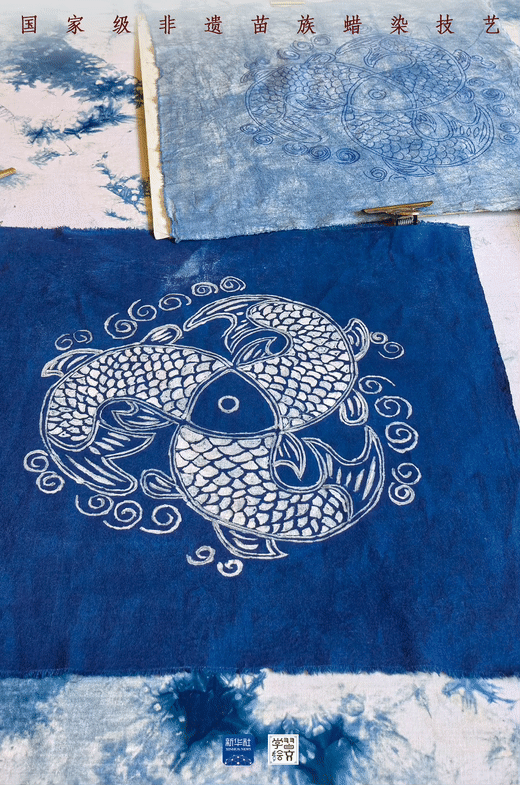
Bati, one of the many cultural business cards in Guizhou, was called "wax val" in ancient times. It is a hand-printing and dyeing technology that uses wax as the anti-dyeing agent for anti-dyeing. It is known as the four major printing techniques in ancient my country, together with twisted val (tire dyeing), gray val (hollow printing), and sandwich val (sand dyeing), and sandwich val (sandwich dyeing). It has a long history.
The Miao batik has two techniques: wax and wax painting. It can be divided into two categories from the pattern: geometric patterns and natural patterns. The process flow includes grinding cloth, boiling wax, drawing wax, dyeing, dewaxing, rinsing, drying and sewing.
Grinding cloth means placing soil on a wax plate and rolling it back and forth on the cloth with smooth and flat oval pebbles to make the cloth stick together with the wax plate. The purpose is to facilitate drawing patterns on the wood plate.
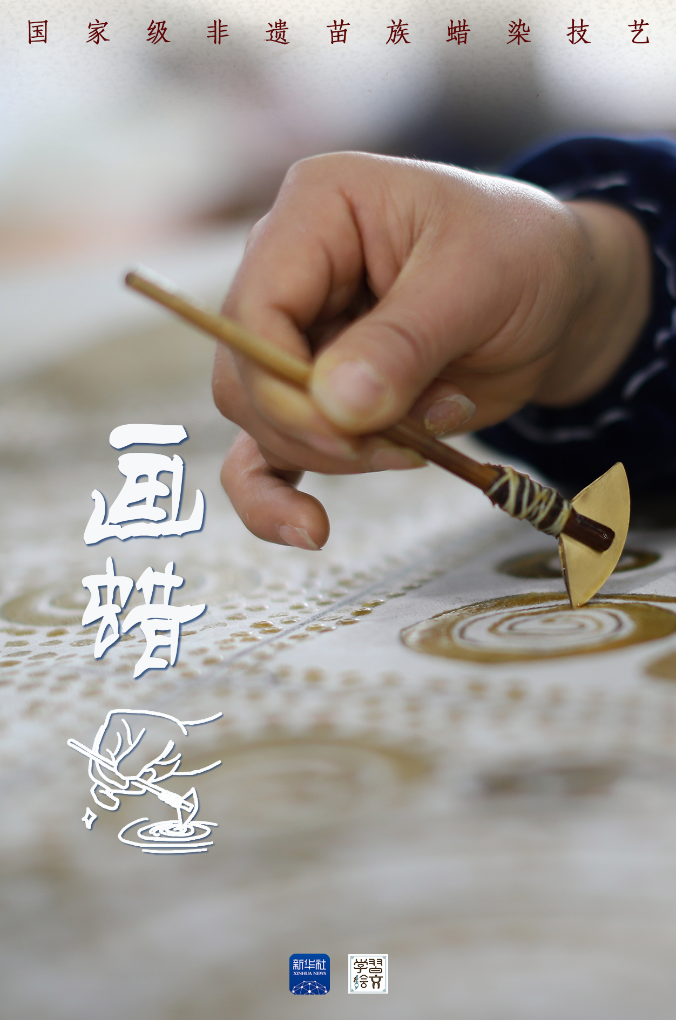
Drawing wax means using a copper knife as a pen and using boiled wax water to draw patterns on the earthen cloth. This is the most creative step in the batik production process, which determines whether the batik works are beautiful. Drawing a good pattern requires not only exquisite craftsmanship, but also rich imagination. A craftsman with superb skills can "lift the pen to make a painting" as he pleases.
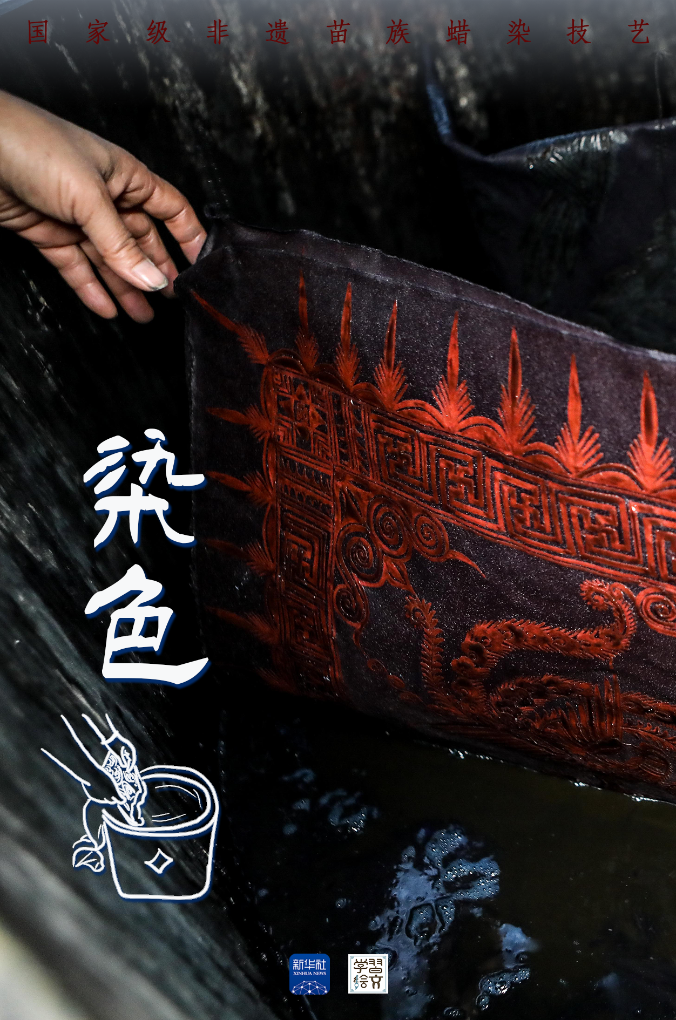
Dyeing means putting the patterned local cloth into a blue indigo dyeing tank and soaking it repeatedly multiple times to ensure it is colored. During this period, the wax as the anti-dyeing agent naturally cracks, making the cloth surface appear with a special "ice pattern" and has a unique charm.
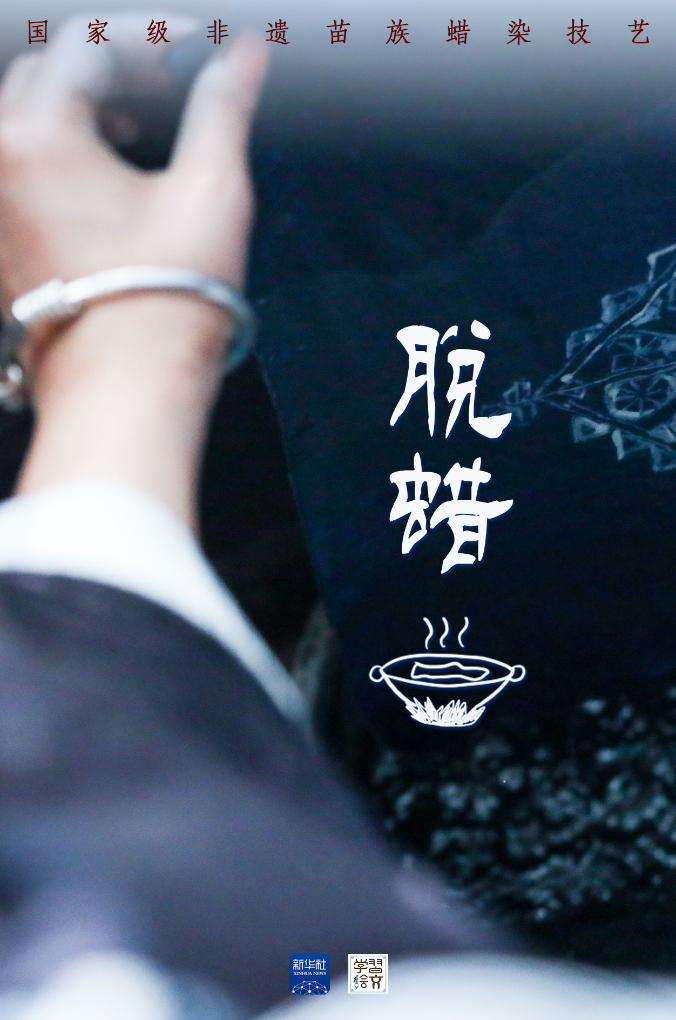
After immersion and coloring, it is time to dewax. After washing away the floating color on the soil cloth with clean water, put it in a pot and add water to boil it, so that the wax melts and floats on the water surface for easy recycling.
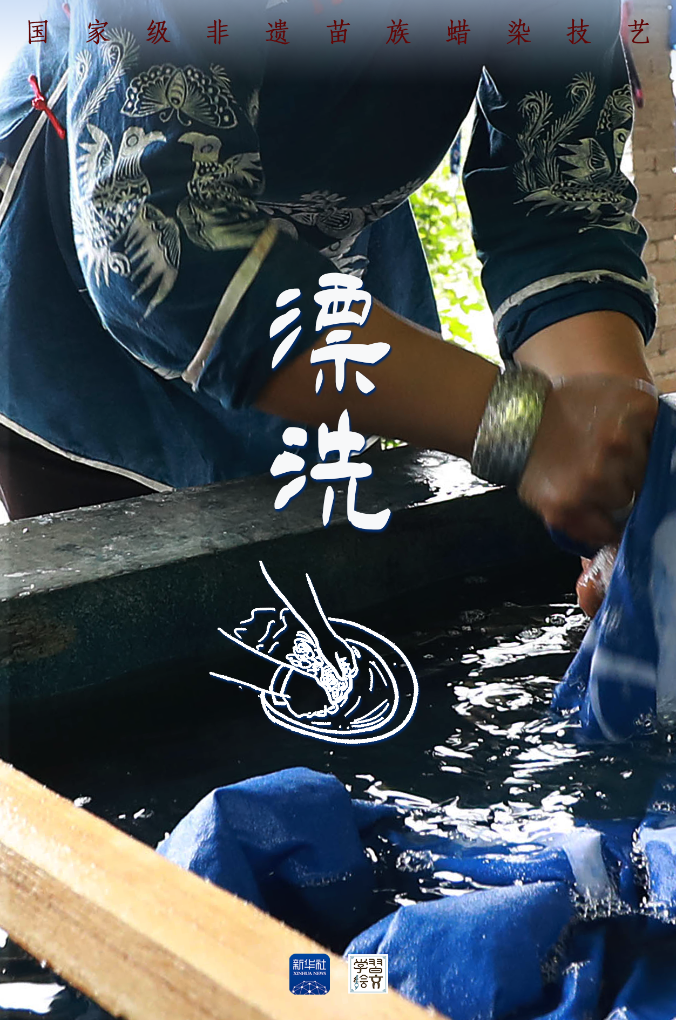
Then, rinse it repeatedly with clean water to remove the remaining wax.
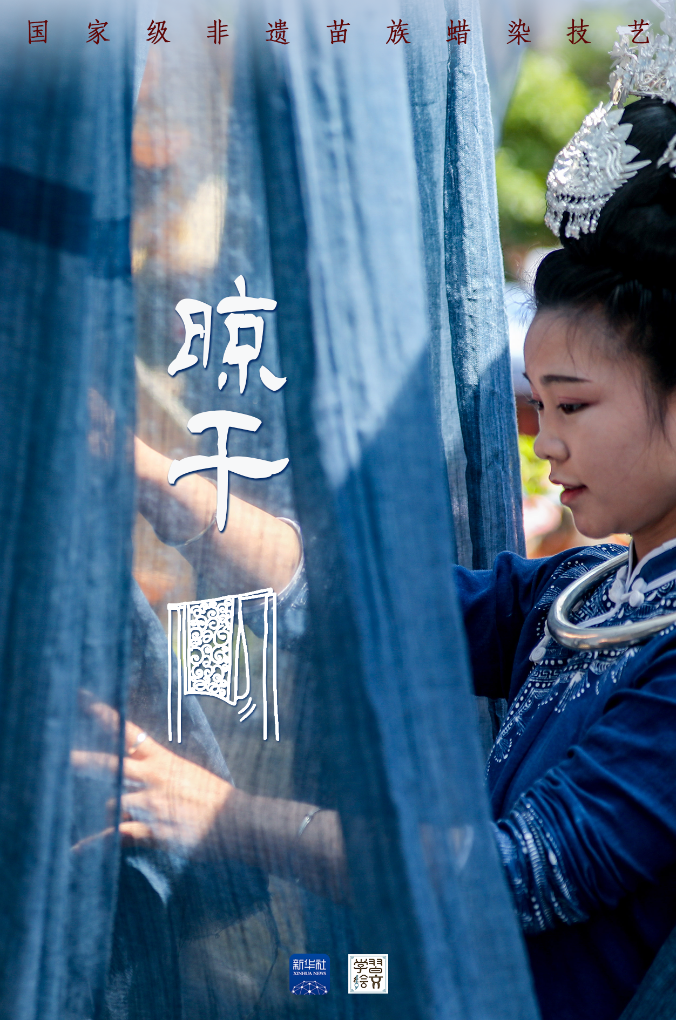
Sewing is the last step in making batik products, which is to cut and sew the dyed, washed and dried local cloth into various products as needed. Nowadays, with the development of the tourism industry, batik handicraft products have been launched on the market as special tourist souvenirs and are loved by many tourists.
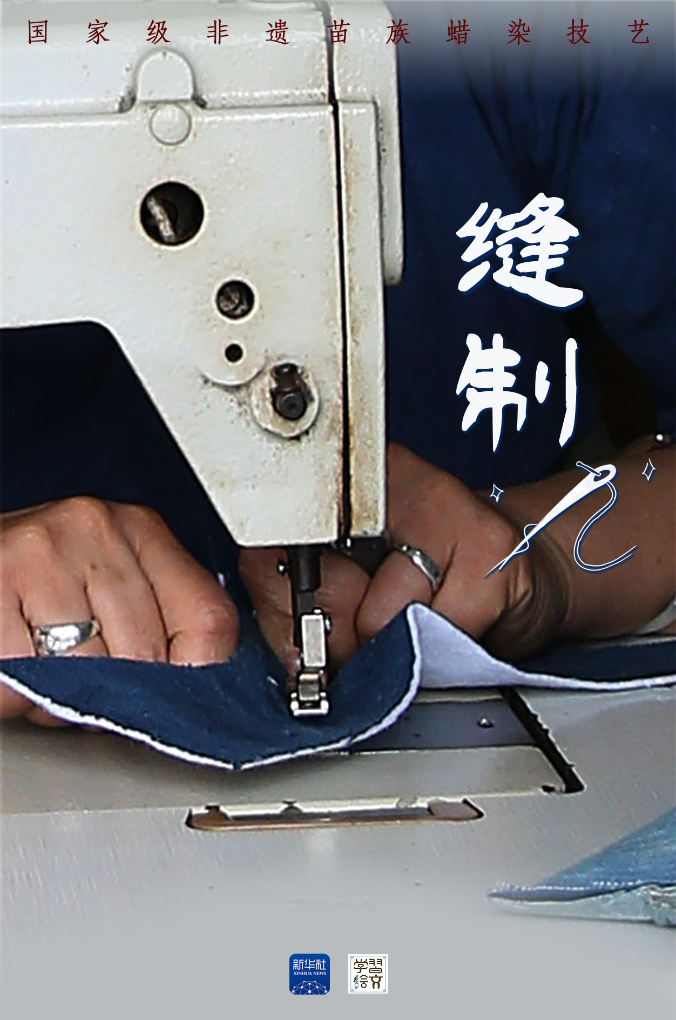
Blue and white intertwined, and the "ice pattern" bloomed. Local people use their skillful hands to dye thousands of patterns, which amazed the time and also dyed the beautiful chapters of the days. The roots of traditional craftsmanship quietly extend into the "golden thread" of increasing income and becoming rich.
A square of batik has a profound meaning. On the blue and white cloth surface, thousands of dreams are painting the lush branches and leaves of Chinese modernization.

Creative creators: Hu Guoxiang Ou Dongqu
Reporter: Zheng Minghong Yang Wenbin
Design: Wang Yuxuan
Coordination: Wang Jingjing Feng Xiaoqing
Academic guidance: Liping County Intangible Cultural Heritage Protection Center Xu Yeli